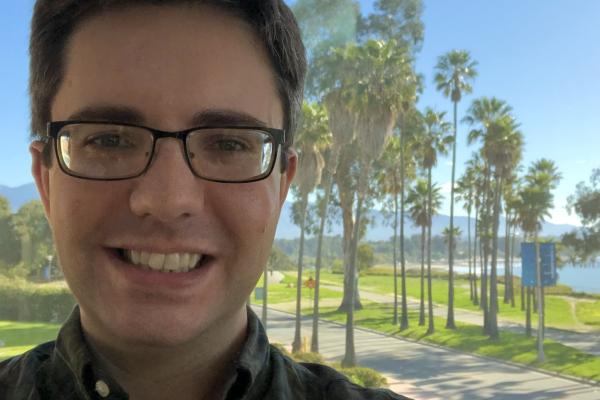
Dr. Grant Remmen
NYU
Effective Field Theory Surprises for Black Holes
Location: 1080 Physics Research Building
Faculty Host: Samir Mathur
Abstract: In this talk, I will discuss various surprises that occur in the behavior of near-extremal black holes, arising from the gravitational effective field theory (EFT).
In the first part of the talk, I will demonstrate an unexpected way in which near-extremal black holes are sensitive probes of new physics. For near-extremal spinning black holes, higher-derivative corrections induce anomalously large tidal forces on the horizon, leading to a breakdown of the EFT. Adding a small charge dramatically strengthens this divergence, and I will estimate potential astrophysical ramifications of this effect.
In the second part of the talk, I will connect the Weak Gravity Conjecture (WGC) to the modern amplitudes program. In particular, I will show that quantum corrections to large black holes, in a wide range of theories, all shift the extreme charge-to-mass ratio upward, allowing the black holes themselves to satisfy the WGC. I will further illustrate a deep connection between EFT contributions to black hole extremality and entropy.
Bio: Grant Remmen's research spans quantum field theory, particle physics, string theory, gravity, astrophysics, and cosmology. He is currently a Postdoctoral Fellow at New York University, and was previously a Fundamental Physics Fellow at the Kavli Institute for Theoretical Physics (UC Santa Barbara) and a Miller Fellow (UC Berkeley). Grant obtained his PhD in theoretical physics in 2017 at the California Institute of Technology as a Hertz and National Science Foundation Fellow, receiving the Stemple Prize for research and representing the United States at the Lindau Nobel Laureate Meeting. Grant’s work was honored by the American Physical Society’s Sakurai Dissertation Award, citing his “contributions to understanding the structure and self-consistency of gravity and effective field theories.”
